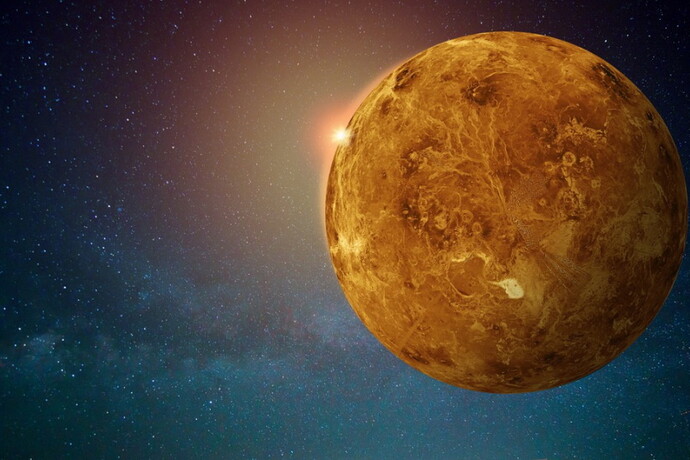
Analysing radar data, collected from 1990 and 1994, to demonstrate that there is volcanic activity on Venus by identifying new lava flows which were formed during the period of observation of the NASA Magellan mission was the objective of the study recently published in the prestigious journal Nature Astronomy.
The research, conducted by Davide Sulcanese and Giuseppe Mitri of the “G. d’Annunzio” University of Chieti-Pescara and Marco Mastrogiuseppe of the Sapienza University of Rome and Link Campus University of Rome with funds of the Italian Space Agency (ASI), has demonstrated that there is still volcanic activity on the planet.
In fact, by analysing the images that showed the same areas of Venus surface acquired at different times, the three researchers revealed new lava flows along the west side of Sif Mons, an imposing shield volcano, and on the volcanic plains called Niobe Planitia.
Despite size and mass are similar to Earth, Venus has radically different environmental conditions. “With a dense carbon dioxide atmosphere and average surface temperatures exceeding 460°C, Venus is very different from the Earth’s life-friendly environment. Understanding its geological activity is crucial to understanding how Venus evolved differently from the Earth,” explained Giuseppe Mitri of the d’Annunzio University.
Moreover, ASI in collaboration with the NASA Jet Propulsion Laboratory is greatly contributing to the development of three technologically advanced instruments onboard: the IDST (Integrated Deep Space Transponder) transponder, to ensure communications and complete the radio science experiment that will establish the inner structure of Venus by measuring its gravity field; the part related to the radiofrequency of the VISAR (Venus Interferometric Synthetic Aperture Radar) radar, to study the planet surface, including volcanism; and the HGA (High-Gain Antenna) antenna for data transmission.
Therefore, it will be possible to study Venus surface in detail in future missions VERITAS and EnVision. “The new high-resolution radar instruments will help us significantly increase our knowledge of Venusian volcanic activity, refining the analysis techniques that we have already successfully used in this study,” added Marco Mastrogiuseppe of Sapienza University of Rome.

